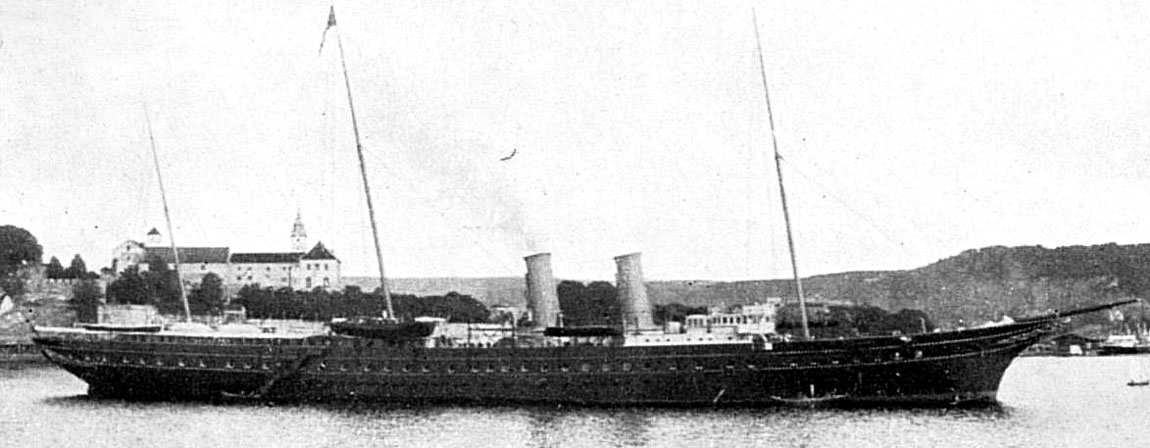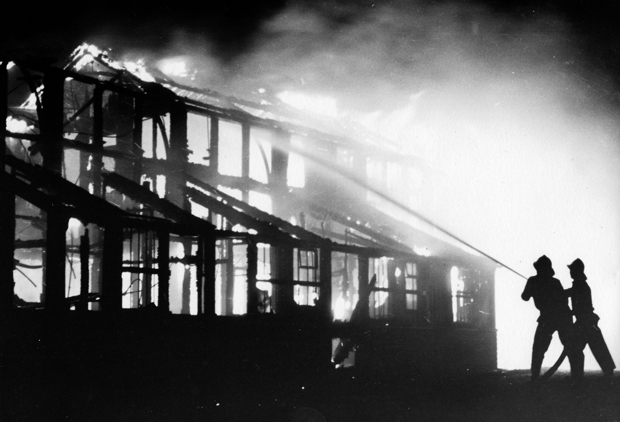THE VILLAGES of Helensburgh and district have had a variety of water sources in the past 200 years.
Originally they had a mixture of wells, springs and streams, and included some ingenious arrangements.

 Helensburgh Heritage Trust
Helensburgh Heritage Trust
Helensburgh Heritage Trust
Helensburgh Heritage Trust

THE VILLAGES of Helensburgh and district have had a variety of water sources in the past 200 years.
Originally they had a mixture of wells, springs and streams, and included some ingenious arrangements.
SCOTLAND’S smallest Burgh, Cove and Kilcreggan, turned its attention to a public water supply only fifteen years after attaining burgh status.
Feueing of land for house building there began in 1848. A mere seventeen years later, the inhabitants were contemplating a move to form themselves into a burgh — showing clearly that there was a spirit of ambition within the fledgling community.
THE STORY of Helensburgh’s water supply begins with the town’s first Provost, steamship pioneer Henry Bell.
This inventive genius first suggested the idea of bringing a piped water supply to the town.
MANY a long-time Helensburgh resident will remember elephants parading along East Princes Street . . . an unusual spectacle heralding the arrival in the burgh of a circus.
The travelling circus had an association with Helensburgh going back over many years, and quite a number of the most prominent of them visited the town.
MOST communities of any size in the Helensburgh area, except Luss and Cardross, boasted at least one temperance hotel — and they formed a highly visible and important part of the wider Temperance Movement.
They aimed to provide people with the various amenities of a standard hotel, except the alcohol.
THE NEWS in April 2019 that the Helensburgh branch of the TSB in East Princes Street was reducing the days it opens came as a shock.
It followed the complete closure of the Santander branch in West Princes Street, and both are being attributed to changes in the way people do their banking in this online age.
THE CLYDE puffer must rank as the most fondly remembered of all the small coastal vessels that plied the waters of the west coast of Scotland — partly thanks to tales written by a Helensburgh man.
The little vessel played an indispensable role in the life and times of many communities, especially the more remote ones. For many years life could not have gone on without this humble workhorse.

WHEN the then Royal Yacht Britannia — carrying the Queen Mother — entered and left the Gareloch in May 1968, she made a suitably majestic sight. But it was not quite so majestic in December 1954 when another royal yacht arrived at Faslane.
The Helensburgh Heritage Trust website often receives requests from researchers for information and/or images, which quite often leads to undiscovered gems of local history, and an inquiry from Mike Keulemans did just that.

AUGUST 30 2017 was a very special day for the Helensburgh Advertiser — its 60th birthday as a weekly newspaper.
On Friday August 30 1957 what had started out as a wallsheet distributed to local shops made its first appearance as a four-page, five-column mono broadsheet newspaper.
ONE of Helensburgh’s longest-running businesses was Waldie’s Garage, now a branch of Arnold Clark.
The first Waldie in business in the burgh was Adam Waldie, who had established a coach service by around 1820.
A HELENSBURGH man who became one of the early tea planters is the subject of a new video film.
‘Thomas McMeekin’s Tea Times’ can be seen on Youtube and on the London Tea History Association’s website, and lasts 35 minutes.
LUSS: AN OLD SCOTTISH SLATE QUARRY
The Scottish slate industry was much overshadowed by its Welsh counterpart, though the primary centres of the industry about Ballachulish and the Slate Islands, of which the most important was Easdale, enjoyed a certain amount of prominence.
HELENSBURGH and District watched with interest and pride in 1960 as Britain’s first mountain ski chair lift was built and came into operation in Glencoe.
Behind the project was burgh man Philip Naismith Rankin, of The Byeway, 14 West Abercromby Street, and it was extensively reported in the Helensburgh and Gareloch Times.